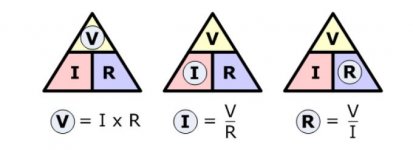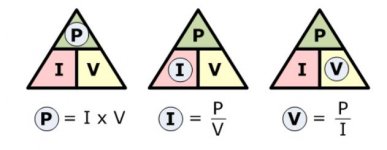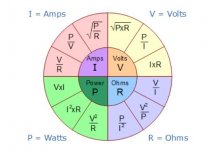All, My goal is NOT to argue, there are allot of good points in the thread, but to add a point or two.
First, the main consideration on how loud a speaker will play is NOT the impedance (resistance), but instead the Speaker sensitivity (or efficiency) level. Sensitivity accounts for several factors. It is typically displayed as "X dB @1W @1 meter" or similar. From a quick look the JBL GTO-528s are 91 dB/W/m.....very sensitive/efficient. Many common speakers are in the mid to upper 80s, a high sensitivity speaker in in the 90s. I do note ......Polk Audio has some 4 ohm 5.25 inch marine speakers rated at 91 dB/W/m (Polk DB522). Not advertising Polk speakers, although I love them given marine rating, just pointing out there are 4 Ohm speakers as efficient as many 2 ohms.
As for a 2 ohm speaker on a 4 ohm amp, I would not personally do it, but it seems proven for spiders before the new audio system. If it works, I do not argue it, but a 2 ohm speaker will flow more current and absolutely will increase heat (and likely distortion/clipping) within the amp.
I will say, I can't argue with ANY of Sarge's points/facts though, and certainly not with his quals! I have an electrical engineering degree, roughly the equivalent of sleeping in a holiday inn, I am sure Sarge has seen what happens when an amp is improperly loaded on multiple occasions. Thanks Sarge for your Service.
Having installed several speaker systems on various motorcycles and Polaris Slignshots, Polk has become a go to for me. I've never had a Polk fail, they are very sufficient/sensitive, and are marine rated. JL Audio, Rockford Fosgate, and multiple others have solutions but often at the expense of lower sensitivity. If one thing is taken away, you want speakers that sound good, match amp impedance requirements, and have high sensitivity to get the most out of limited amp power.



